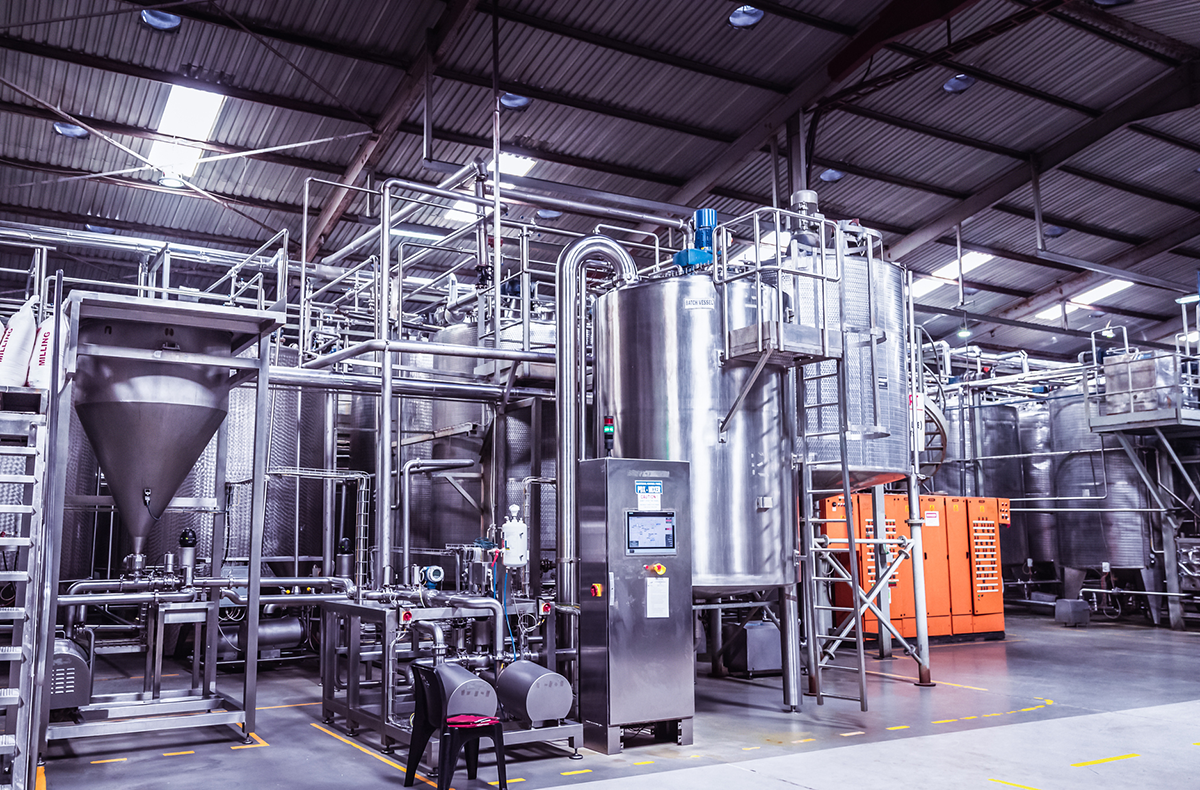Sanitary Design: A Key Factor in Preventing Food Contamination
If your facility consistently receives positive results for microbiological or pathogenic organisms despite routine and thorough cleaning, this is an indication that these organisms are persisting in hard-to-reach areas.
The issue may lie in your sanitary equipment design. If the overall infrastructure of your facility wasn't built to support food hygiene, these issues will likely worsen and increase risks to food safety.
Understanding Sanitary Design
Sanitary design involves standards and conditions for food hygiene. It covers all aspects of structural and equipment designs, repairs, modifications, or purchases to minimize cross-contact and pest infestations, and to make cleaning easier.
Food processing plants use sanitary design to prevent physical, chemical, and biological contamination of their products. Through a thoughtful sanitary design, you can also create maintenance processes that include the selection of proper cleaning compound, sanitizing materials, and methods of use for food processing equipment.
The Risks of Not Implementing Sanitary Design
A small crack, a hole, a non-sanitary weld, or even an irregular surface in the equipment may represent an opportunity for the accumulation of organic material and microbial growth. The combination of food, water, temperature, and time can contribute to unwanted development in the equipment and structures. Some of the most common risks include:
- Salmonella
- Listeria
- Allergen cross-contact
- Pest exposure
Salmonella and Listeria monocytogenes are two common microorganisms that can grow in equipment and industrial sites. Listeria is associated with humid and cold conditions, but Salmonella is widespread in food manufacturing facilities with a warmer and drier climate. However, they could be found in both environments at the same time.
Three Sanitary Equipment Design Principles
Three fundamental points to consider when working on the sanitary design of any equipment:
- Compatibility: The materials used to build equipment and building structures must be inert to the product, and non-reactive to cleaning and sanitizing chemicals, corrosion resistant, and non-toxic.
- Accessibility: All equipment parts must be easily accessible to ensure the cleaning and removal of waste products.
- Design: The final design of the equipment should minimize the accumulation of ingredients or other unwanted substances that could jeopardize food safety production.
Make Sanitary Design a Priority
Companies often overlook adequate sanitary design because it's seen as an additional cost, yet it's the first step toward reducing and even preventing food contamination risks, establishing high hygiene standards, and providing food-safe, sanitary conditions.
Utilizing sanitary design principles in your facility may prevent extra costs related to smaller production interruptions, minimizing the risk of potential recalls due to food contamination, pre-operational expenses, internal complaints, and hazardous situations.
If you're interested in learning more about sanitary equipment design or sanitation in general, AIB International offers two online courses, Maintenance Engineering and Food Safety and Sanitation for Food Plants, that will provide you with comprehensive knowledge and practical skills to strengthen your sanitary design expertise.


